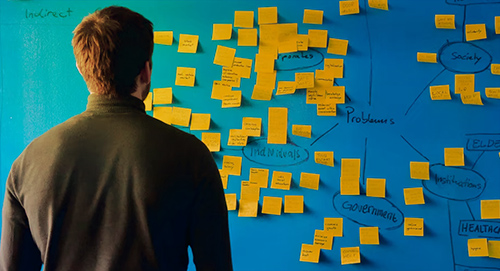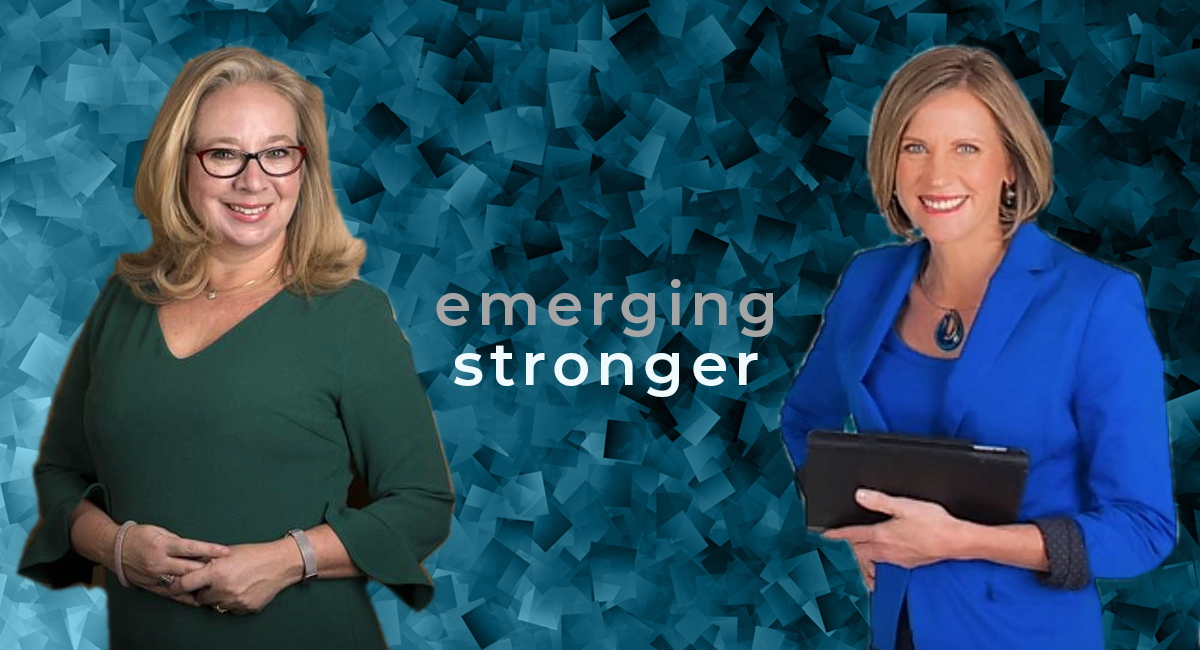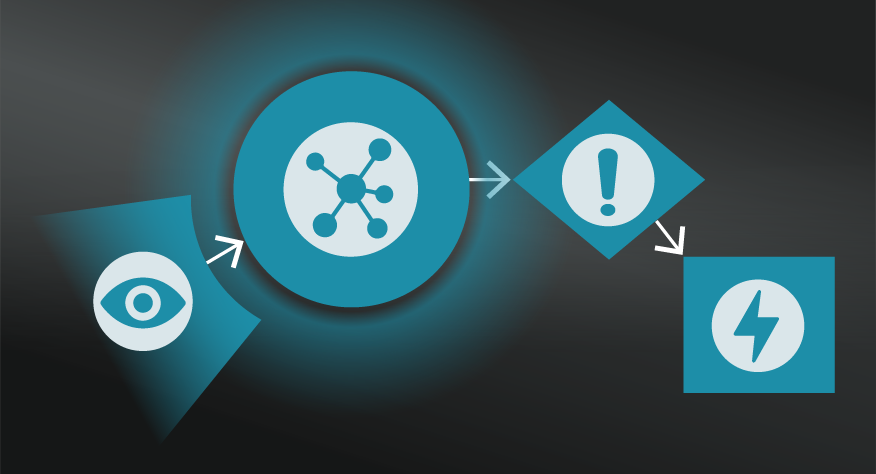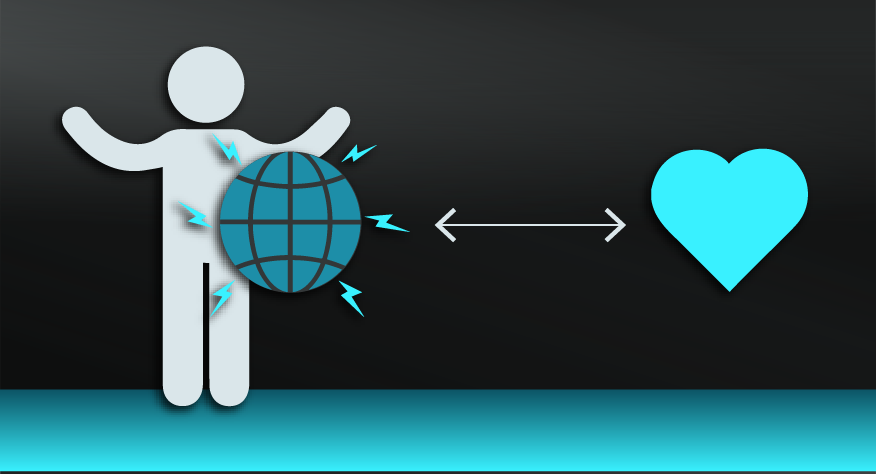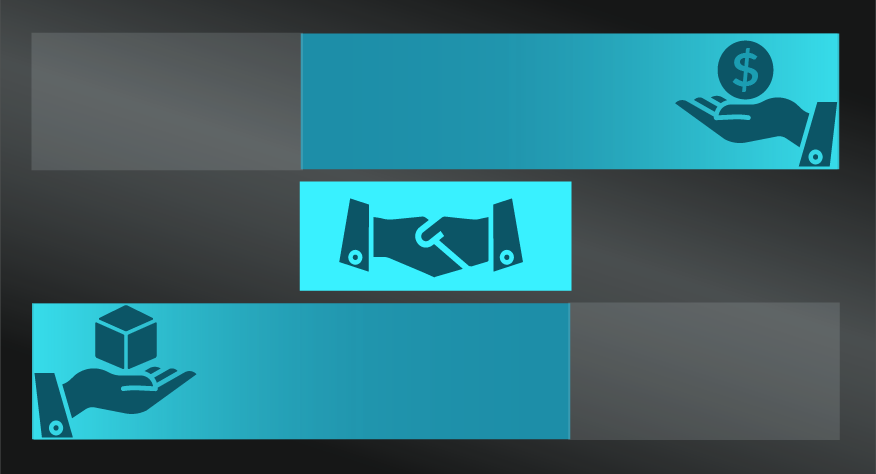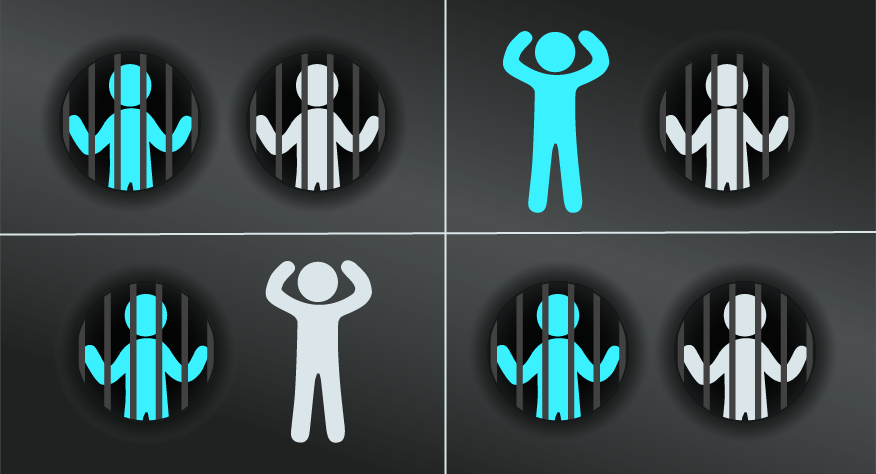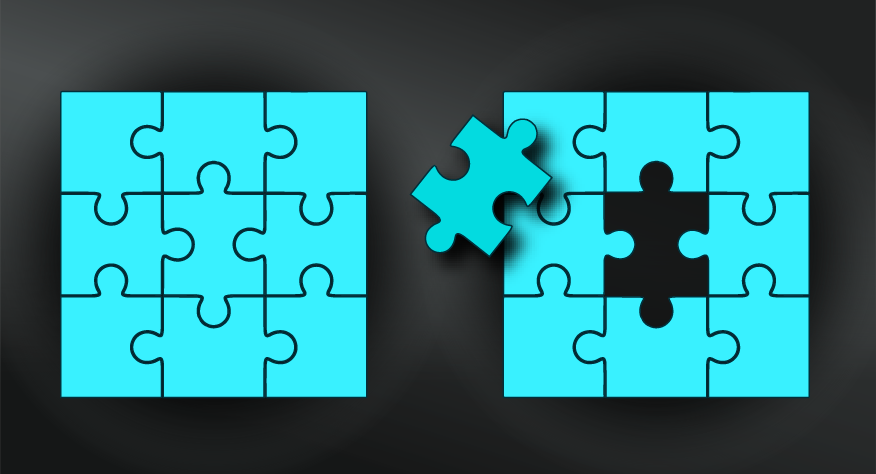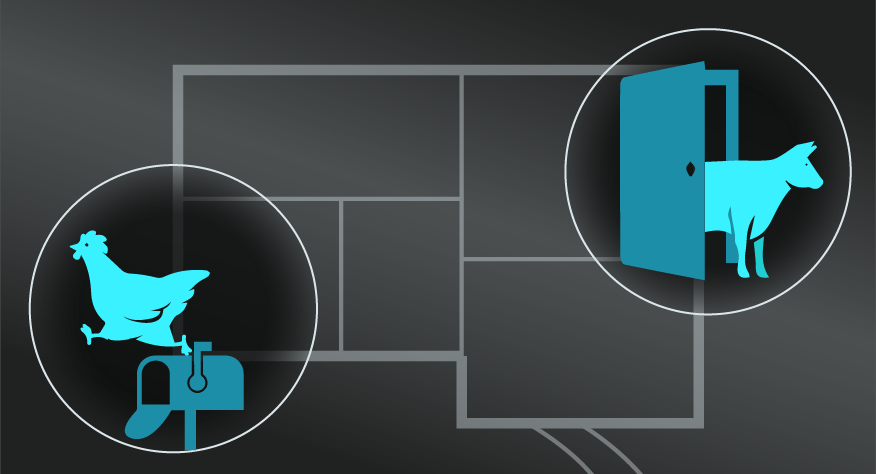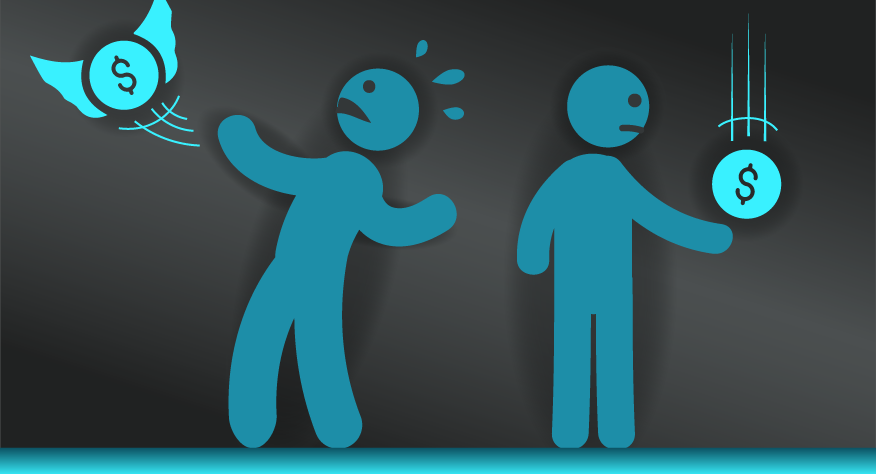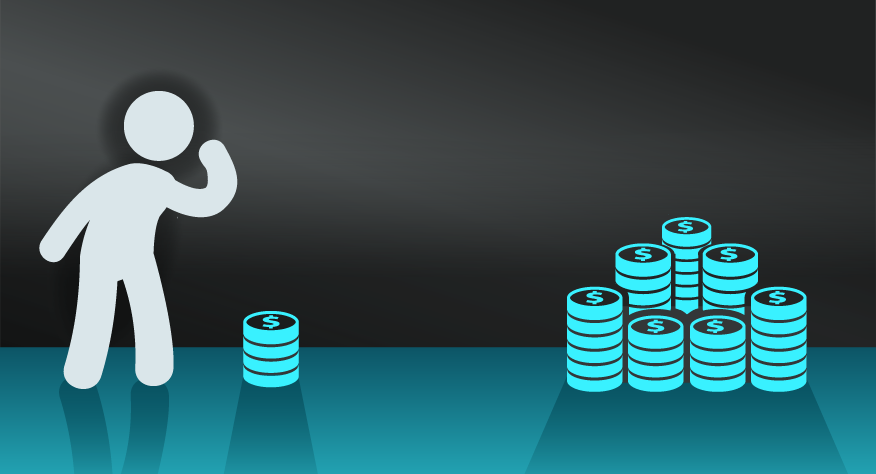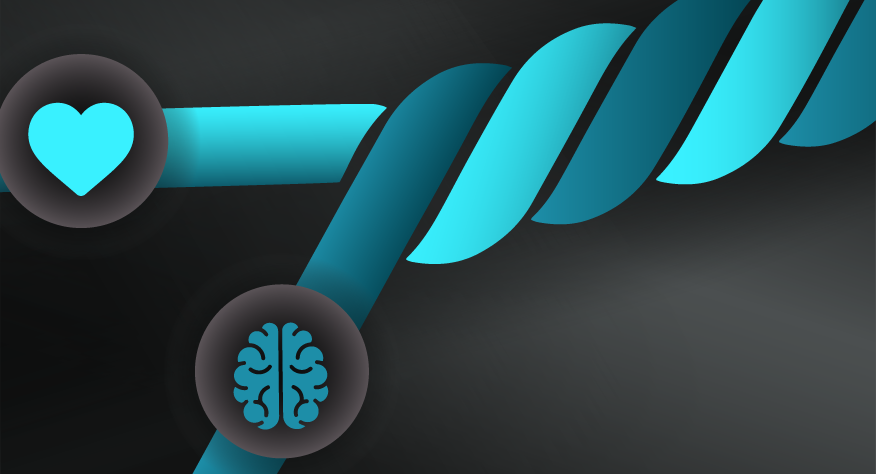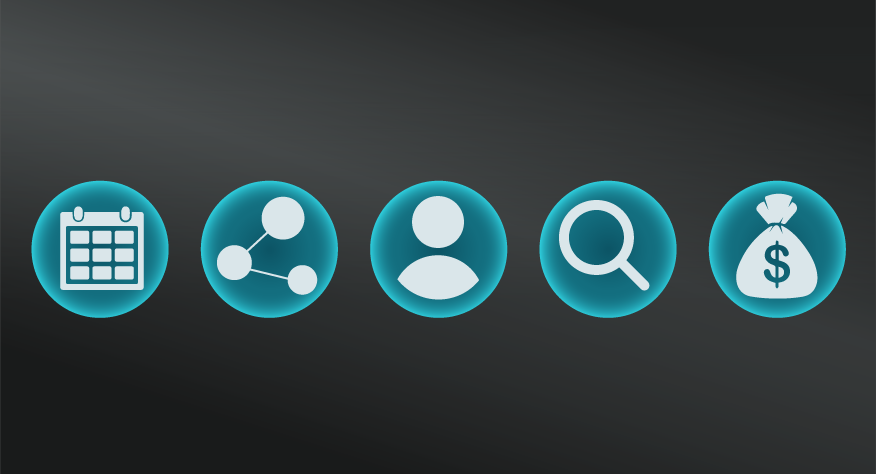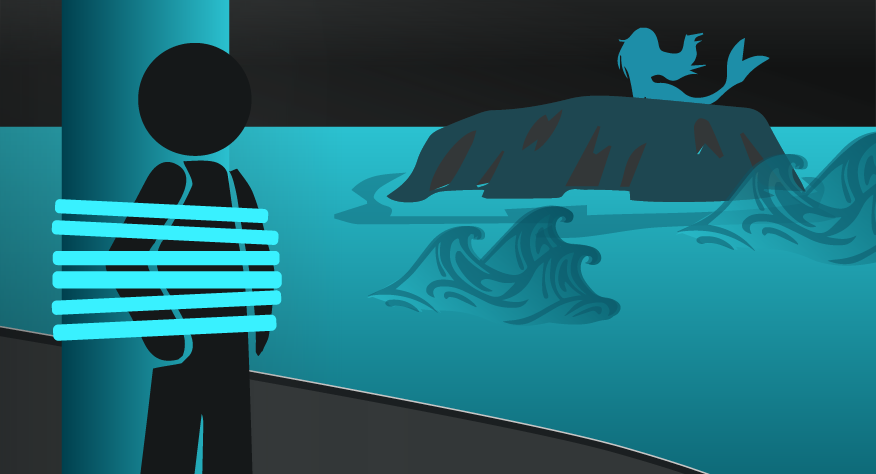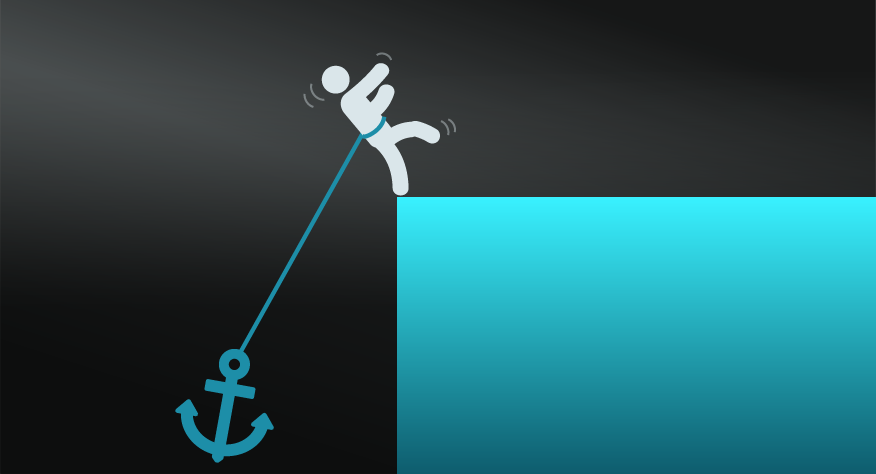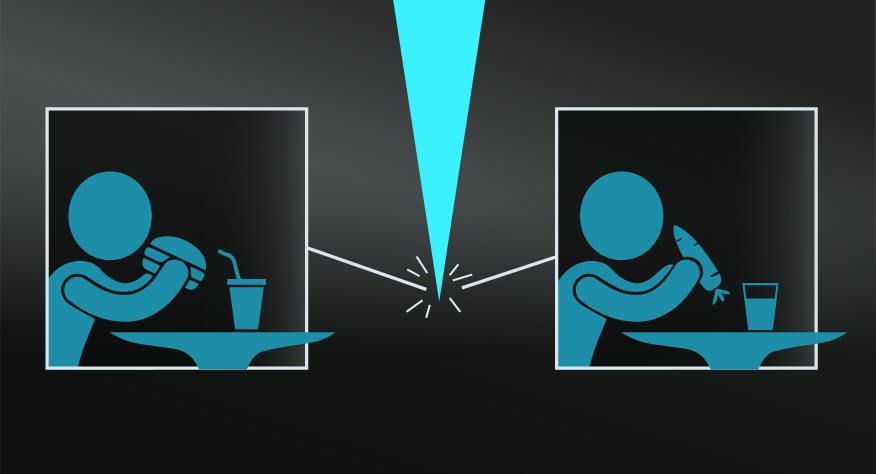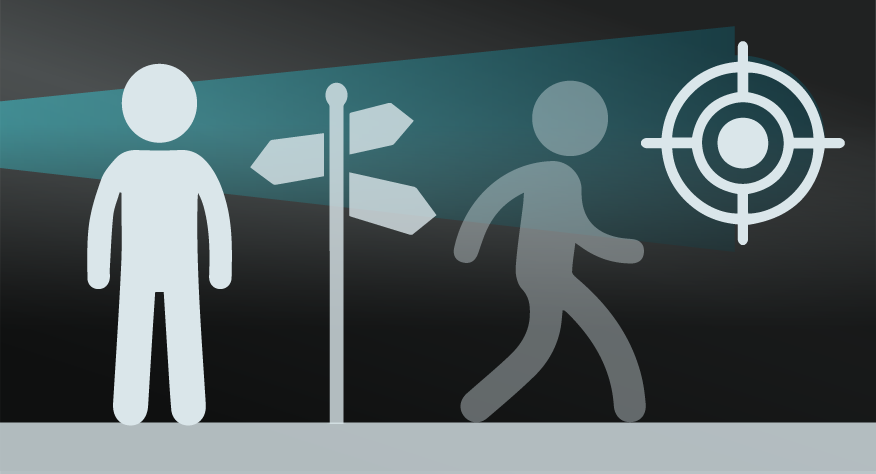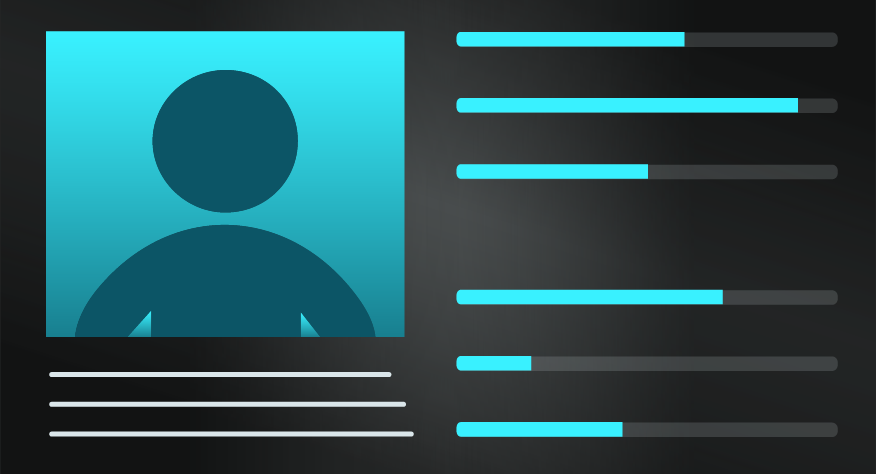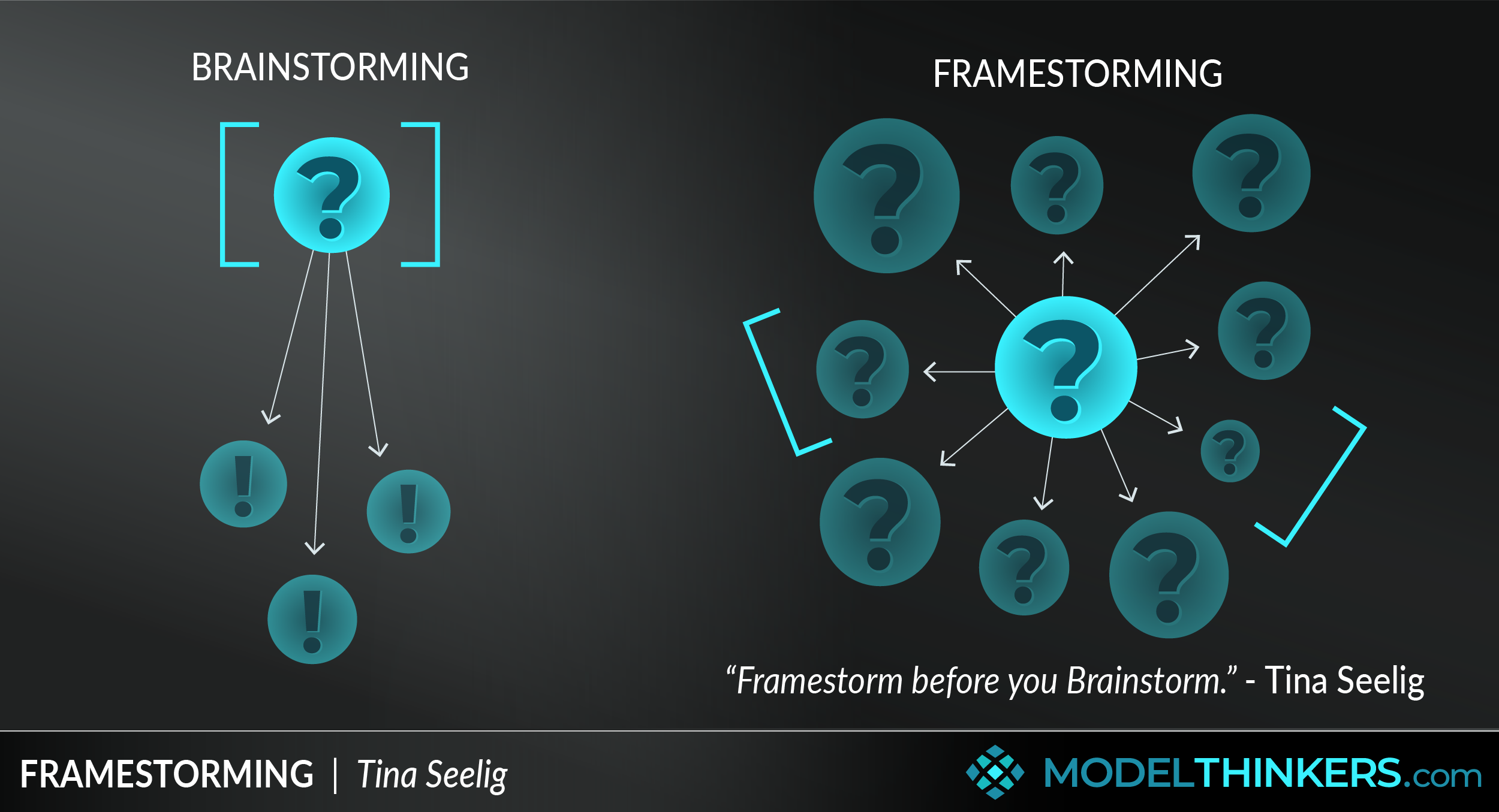
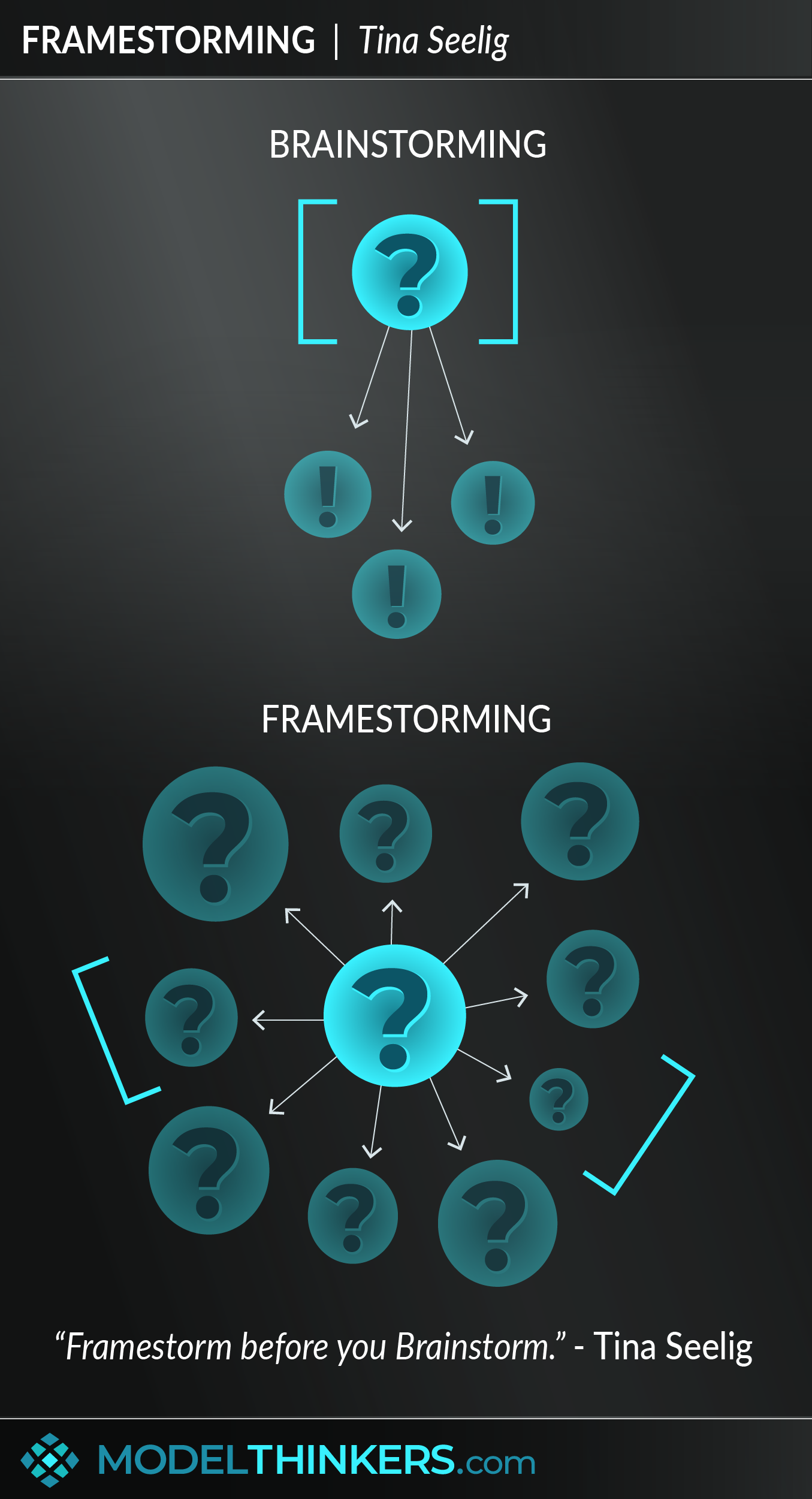
 0 saved
0 saved
 49.4K views
49.4K views








"There are no right answers to wrong questions." - Ursula K. Le Guin.
Le Guin’s quote serves as a fitting introduction to the work of Tina Seelig, Stanford professor, author and entrepreneur, who has embraced the power of questions to enable innovation. Or, as she puts it: “Framestorm before you Brainstorm.”
Framestorming is an innovation technique that encourages you to actively reframe a question and challenge its assumptions before jumping into ‘solution mode’.
QUESTION THE QUESTION.
Seelig explains, “Before you fall in love with the solution, you need to fall in love with the problem.” That’s tough in a world where we are generally rewarded for coming up with answers. As a result, Seelig’s approach requires discipline as you “live in the problem space much longer than you think you should.”
Seelig offers the example of a big urgent question: “How do we cure cancer?”
Rather than jumping straight into solutions, applying Framestorming might lead you to ask: ‘How do we prevent cancer?’ or even ‘How might we support people to live comfortably with cancer?’ Either of these reframes will unlock radically different solutions.
As Seelig points out: “The more radically we shift the frame, the more unique the ideas we generate. Reframing is thus a powerful tool for identifying opportunities.”
So how do you start boosting innovation with Framestorming? See the Actionable Takeaways below for practical techniques including using empathy-driven innovation, challenging assumptions, and digging beneath your initial question.
QUESTION THE FRAME.
Not content to limit Framestorming to innovation? Then it’s worth introducing the work of Anne Prehn, social psychologist and neuroscientist, who developed another version of Framestorming independently of Seelig’s work.
Prehn’s version has a broader application — encouraging you to shift your frame to navigate challenges in life and work. It’s less about identifying new and powerful questions to drive innovation — which is the focus of Seelig’s approach — and instead encourages you to reframe your perspective and the narratives you tell yourself about challenging situations.
For example, if you see a photo of a woman crying in front of a church, you might assume she’s crying in pain at a loss of a loved one. Reframing might let you consider the possibility she’s crying with joy after attending a wedding.
Some of the questions Prehn recommends include: 'How would a person who finds this easy see this?’; ‘What are the benefits of this situation?’; or ‘What would this look like if it was funny?’
Prehn's approach involves generating over 15 reframes for any situation, then selecting at least two relevant ones that you can apply for the greatest impact.
WHICH APPROACH?
The two approaches to Framestorming, Seelig’s versus Prehn’s, obviously have different intentions and applications, but they share the central notion of consciously reframing to gain new understanding and greater impact.
Both are useful depending on whether your focus is on driving innovation or reframing more broadly. That said, the rest of this entry focuses on Seelig's version and the use of Framestorming for innovation.
IN YOUR LATTICEWORK.
As can be seen, by the Actionable Takeaways below, Seelig’s approach of Framestorming for innovation can be used in conjunction with many mental models. Combine it with empathy-driven models such as Design Thinking, focusing on reframing and innovation, or Nonviolent Communication to help reframe problems by identifying underlying needs.
Combine Framestorming into a powerful and adaptable mental toolkit to challenge assumptions and be a habitual innovative thinker with the addition of Occam’s Razor and/or First Principles.
And finally, use Framestorming to interrupt the Confirmation Heuristic where you jump to solutions that have already formed in your mind before you’ve truly taken the time to understand the problem in front of you.




-
Question the question.
Dig below the initial question. Ask what’s behind it and consider using models such as the 5 Whys to uncover underlying issues and causal factors.
-
Apply empathy.
Reframe the question from a place of deep empathy for your target audience, addressing their underlying needs rather than the surface issues. Consider applying Design Thinking for an end-to-end process of empathy-based innovation and/or Nonviolent Communication to uncover underlying needs.
-
Remove constraints and get silly.
Consider wild and outlandish options or ‘what if’ possibilities imagining that time and money was no object.
-
Add constraints and get creative.
Ask new questions by imposing constraints. You might consider using Parkinson’s Law to Timebox or apply limits on other resources.
-
Break up the question into smaller parts.
Use Divide and Conquer to break down your problem into parts, then consider potential problem statements for those smaller parts.
-
Challenge your assumptions.
What are the basic things that you’re taking for granted? How might you challenge them and cut to the core of what you really know? Just because things have happened that way, it doesn’t mean that they have to continue that way moving forward. Consider applying Occam’s Razor and/or First Principles.
One of the main criticisms and resistance for Framestorming will likely arise through our culture of valuing answers over questions, leading many of your stakeholders to view Framestorming as an optional extra at best and a waste of time at worst. While I don't agree with that critique, you'll likely face it and have to address it upfront in many corporate contexts and co-design engagements.
On a similar note to the above, taking this model to an extreme will create the risk of moving forward too slowly — that said, it could be argued that it's better to go slowly in the right direction than fast in the wrong direction. You can also easily mitigate the risk by combining this model with Timeboxing.
Finally, you might face political limitations in applying this model. For example, if a senior stakeholder establishes a question or problem statement to solve, they might not react well when their question is ‘Framestormed’. I’m not suggesting this is healthy or should be part of an innovative culture, but it just might be the reality you need to navigate.
Birthday party.
Seelig often cites the ritual of planning a birthday party as an example of reframing through Framestorming. It typically starts with a question such as ‘how should we plan a birthday party for Bob?’
Applying Framestorming to this question will lead you to question the necessity of a party at all. Instead, your question might become ‘how can we make Bob’s day special?’ or ‘how can we show Bob that we care and appreciate him?’ or even ‘how can we support Bob to feel better about getting older?’
Choosing any of these alternative questions will create a totally different solution.
,
The version of Framestorming that I’ve focused on for this model was created and championed by Tina Seelig, the author of Creativity Rules and InGenius. In her role at Stanford Technology Ventures Program and d.school, she has been helping entrepreneurs and innovators for over 20 years. Find out more about Seelig via her website.
The other broader version of the model that I cited is from Anne Prehn and was developed independently from Seelig’s version. Prehn's approach is described more in her BrainSmart website here.
 My Notes
My Notes
Oops, That’s Members’ Only!
Fortunately, it only costs US$5/month to Join ModelThinkers and access everything so that you can rapidly discover, learn, and apply the world’s most powerful ideas.
ModelThinkers membership at a glance:






“Yeah, we hate pop ups too. But we wanted to let you know that, with ModelThinkers, we’re making it easier for you to adapt, innovate and create value. We hope you’ll join us and the growing community of ModelThinkers today.”



